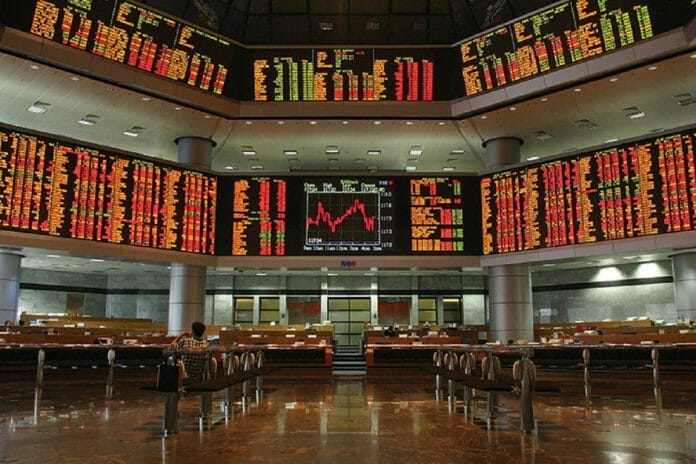Foreign investors reversed almost all their net equity purchases from the preceding four months, leading to significant outflows in the local bourse in March (-RM3.0b; Feb: RM1.3b) The equity market experienced its first net foreign outflow in five months, marking the largest net selling since the first wave of the pandemic in June 2020. This decline was primarily driven by the offloading of financial services stocks. The diminished foreign demand for domestic stocks can be attributed in part to subdued sentiment in regional markets, profit-taking activities, and investors’ inclination towards small-cap stocks. Following a brief inflow last month (RM0.1b), the capital market witnessed a reversal in fund flows (-RM1.3b). Malaysian debt market remains attractive due to the potential for price and currency appreciation
Despite reduced hard landing risks for the US economy, the Fed is still expected to cut rates this year, likely starting in June. This expectation stems from the ongoing disinflationary trend, which is expected to persist as the lag impact of the 525 basis points (bps) cumulative rate hikes take effect. However, the resilient US economy suggests the Fed may now only reduce rates by 75-100 bps, down from as high as 100-125 bps previously.
As such, investors may seek current attractive yields and shift towards high-quality emerging markets with currency
appreciation potential once signs of a cooling US economy emerge. Malaysia stands to gain from this shift, as potential subsidy rationalisation in 2H24 is expected to boost fiscal resilience and credit outlook. Additionally, BNM’s policy stability and measures for repatriating foreign earnings could support a stable ringgit with an upward bias.









